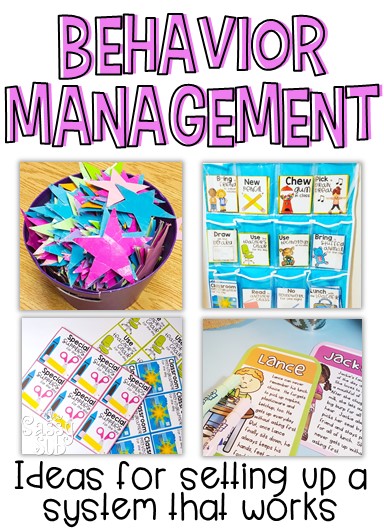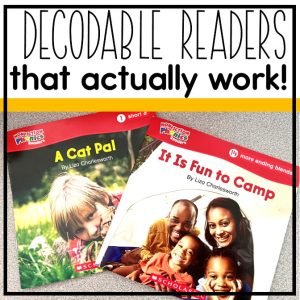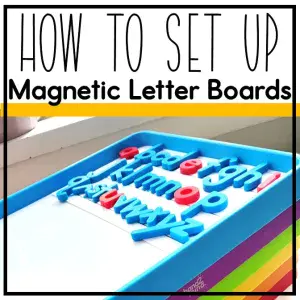Discover the power of a classroom economy system as a behavior management tool! Enhance relationships and create a safe learning environment with this effective strategy. By incorporating real-world experiences, students not only earn rewards and motivation but also develop key financial literacy skills. Let me guide you through setting up a successful classroom economy and share my personal experiences along the way.
Choose a Currency
When I first started subbing, I had the opportunity to work with two amazing 4th grade teachers at the beginning of the year. I was providing some extra help that year because they went from class sizes of about 22 or 23 to over 30 due to eliminating a classroom. They each had their own classroom economies and their currency was a play on their names. Mrs. Reinhart had “Reinhart hearts” and Mrs. Stettler had “Stettler Stars”. I die-cut a bajillion laminated hearts and stars for them to start off the school year. A few years later, Mrs. Stettler bequeathed her stars to me! So that’s how Stahl Stars were born!
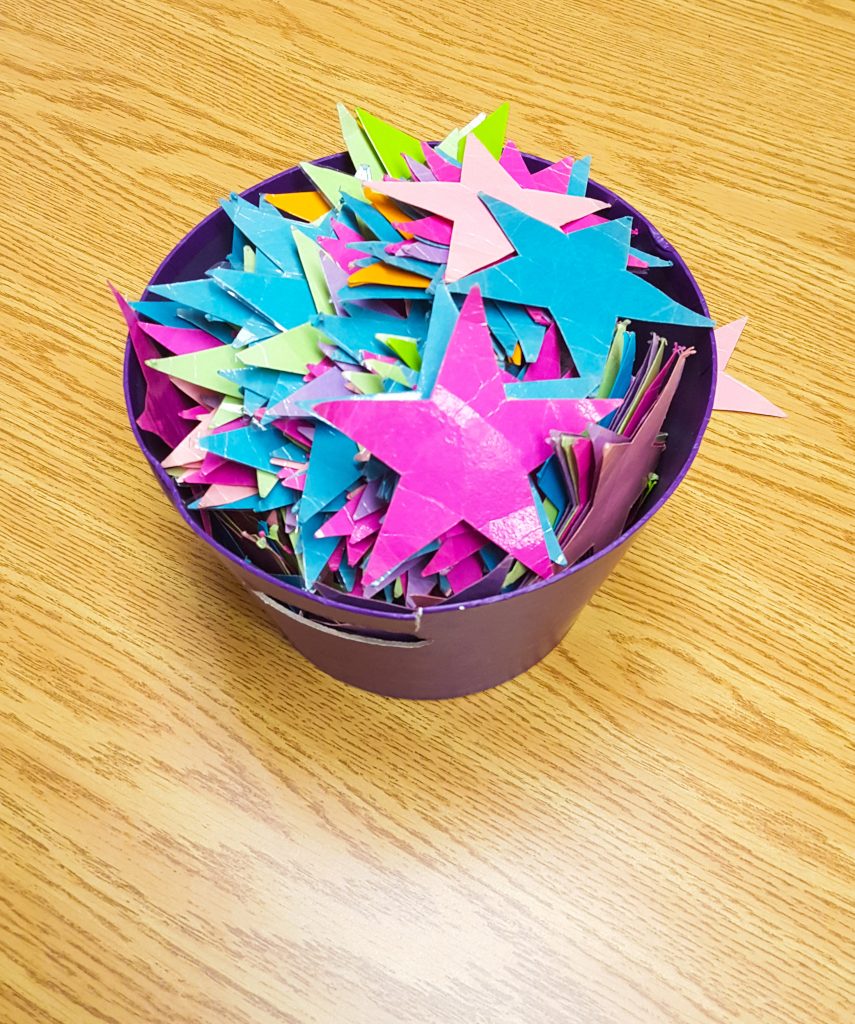
Iron Out the Details
Whether you use something tangible like tickets, paper stars, or fake Monopoly money, or something digital like Class Dojo points, choosing your currency is the first step! There are a few things to consider when it comes to classroom currency:
For what behaviors will students earn (or lose) the classroom currency?
Next, you have to think about how students will earn (and possibly lose) the classroom currency. In the past, I have used a clip chart. I know not everyone is a fan but it is what has worked for me and my classes. I feel that the emphasis on Stahl Stars has helped me use the clip chart in a mostly positive way. Each spot on the clip chart correlates with a number of stars. I put the stars on the clip chart so it is super easy for everyone to remember (including me and especially students who end up with the job of handing out the stars!). If a student ends up below Ready to Learn, they do not receive a star for that day. I, however, do not take away stars. I have thought about it but it just hasn’t happened–not to say I never will. Another way students earn stars is through their classroom jobs. Jobs are worth different amounts of stars. I am strict about students doing their jobs daily in order to earn the stars! I usually start this after the first marking period–not right at the beginning of the school year.
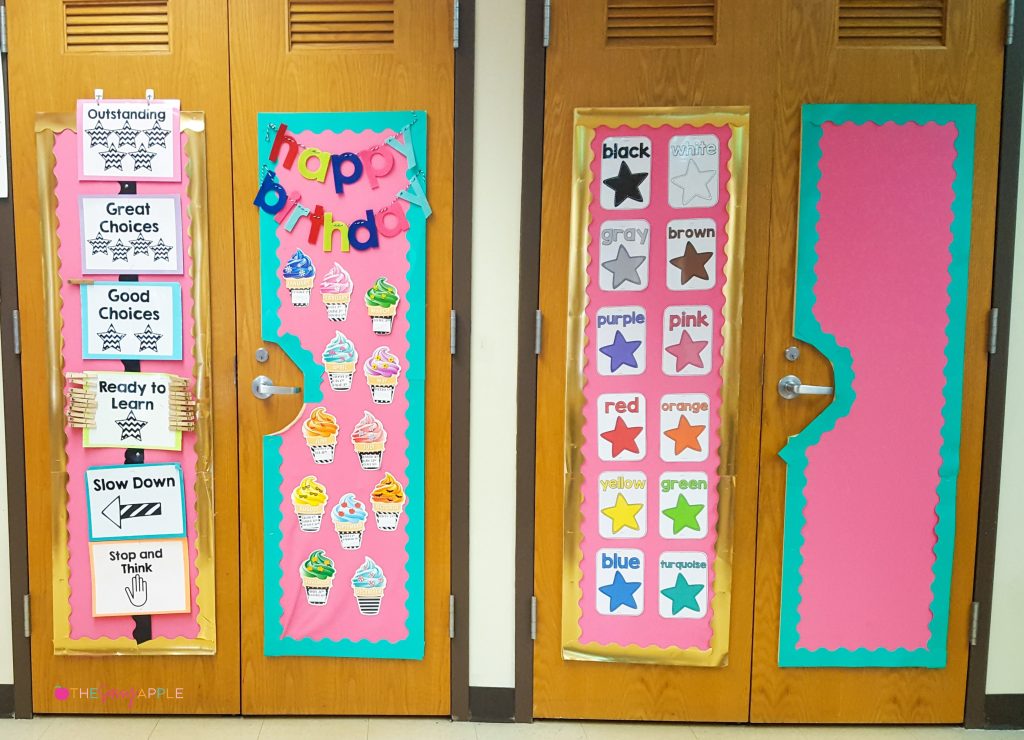
Where will students store their currency?
I have tried (and seen) a few things. Mrs. Stettler had this AWESOME large purple pocket chart that was labeled with each student’s number. In my first year, I had my students keep them in their desks in a plastic baggie with a label with their name on it. Nothing fancy and it worked–for the most part. The problem with the desks is they mess around with them, count them, and lose them often. I would also find them on the floor all the time and it drove me crazy. This year, I had my students thumb-tack their baggies to a strip of corkboard that is under my whiteboard/SmartBoard area. This worked WAY better. Students could only access their bags in the morning and afternoon. Bags didn’t go missing and stars were all in one spot!

How and how often will the currency be distributed?
Will you hand it out or will this be a student job? Are you handing out currency hourly, daily, or weekly? In 2nd grade, I usually do the handing out for at least the first month of school. It is definitely a big responsibility for the little ones to be handling the currency accurately! I actually pick 2 students to do it since it is such a big job! I pass out my stars at the end of each day. If students are still there, they put them away right then. Sometimes, I forget or it is too busy so I don’t get to it until after they are gone or maybe even the next morning. In that case, students put their stars away as part of their morning routine.
Prep the Rewards
What will the rewards be? When will you give them out?
On Friday afternoons, I hold “Stahl Star Store” (try saying THAT 3x fast!). While I call over 2-3 students at a time to shop, the rest of the class is reading with a partner. I lay out all of the reward options which include about 20 different coupons and a box of candy. In my first year, I planned to only do coupons. However, I realized quickly that some of my students just didn’t have the drive to save up for anything and candy was what motivated them. I figured that if they didn’t see the value in their currency, motivation would be lost so I kept the candy box. I fill it up about once a month with candy from the $ store. A piece of candy is 5 Stahl Stars. All of the other rewards vary in price from 5-50 stars. Lunch with the teacher is the most expensive (because I’m worth it, right?)

If you are interested in these reward coupons, you can find them here.
I am always SO proud when students say they are going to save. This year, I plan to only introduce about half of the coupons at the beginning. Then I will add a few here and there throughout the year. This will keep things fresh and exciting! I bought this jewelry holder hanger thingamabob to keep all my reward coupons in. I will hang it in the closet, and it will be super easy to pull out on Fridays! You can find it here on Amazon.
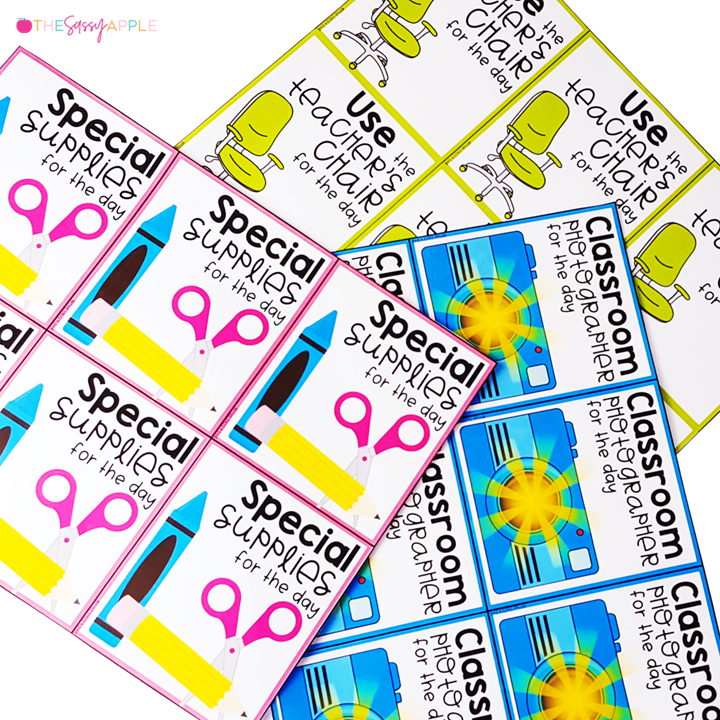
Adjust to Fit Student Needs
After all your planning and preparation for your new system, you may find out early on that you need to make some changes. Or mid-year, you notice your students just aren’t as motivated as they were. There is no shame in changing things up to fit your students’ needs. Just don’t try to change too much too often or it will get confusing and lose its effectiveness.
One year, after lots of girl drama, I had to ban combining stars to buy rewards. Students were making promises to put their stars together and purchase lunch with the teacher. Then they would change their mind, feelings would be hurt and Stahl stars would be all mixed up. This year, I didn’t have issues with it so I let it go!
I hope I was able to answer some questions or provide a few ideas for getting started with a classroom economy system. If you want to read more classroom management blog posts, click here!
